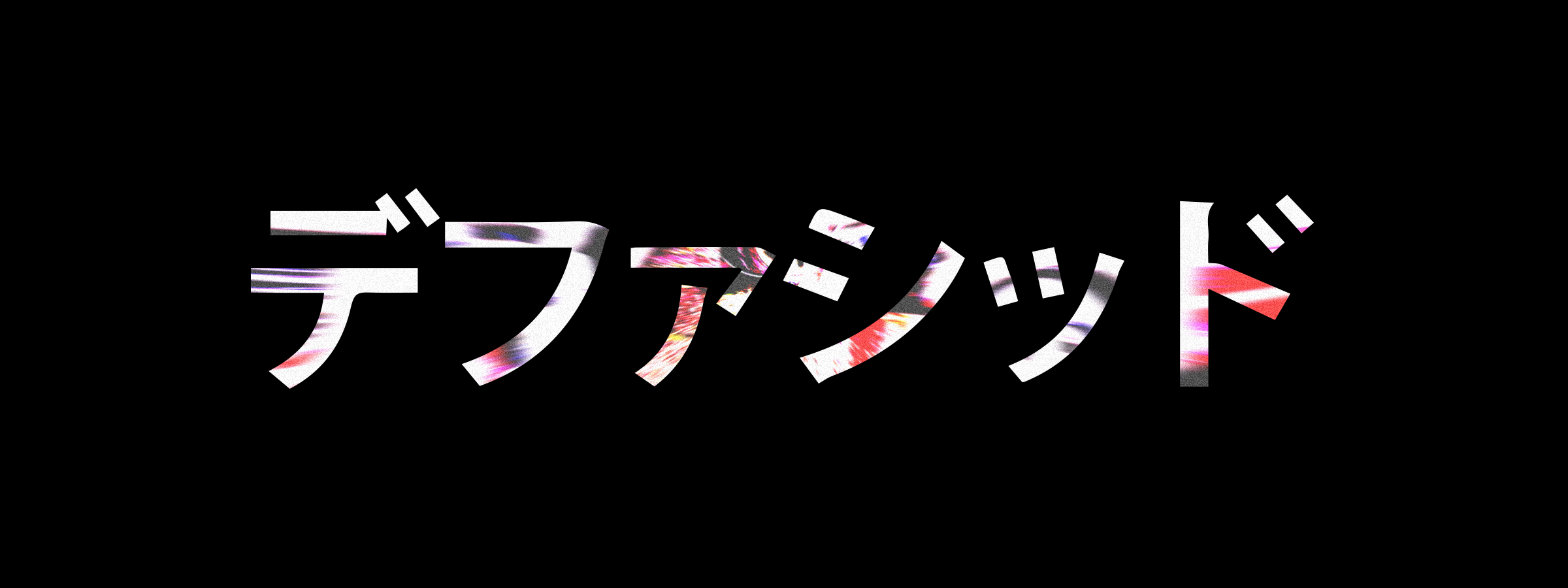Preface / Background
In an attempt to keep a public log of my thought processes, even though I am keeping up with the design document, I would like to be open with the development of Alternare. I'm going to be frank - I have an ulterior motive: I am hoping that by being open with the early development, and live streaming development when feasible, it will build a solid following that can support the game once it starts hitting the stage where things like Steam Greenlight (which might be ditched soon for a similar platform, apparently), crowdfunding, and just generally getting the word out start coming into play.At the moment, as you can see in my last few blogs, I've finished the Alternare prototype and my main focus is set on making 64DSC a success - I'm starting work on this now, but I'm not neglecting the competition. We have about 70 participants as of right now, so I'm sure we're going to have an excellent turn out by the end! Keep letting people know about the event, and if you come into contact with someone who could potentially contribute as a sponsor or with the promotion of the competition, let me know! Especially members of media! :DCore Values
Genuine Procedural ExperienceA lot of games are creating "procedural" environments and inhabitants that are visibly the same source material just modified with some textures or colors - the Alternare prototype is guilty of that. The full version of the game will not be based around the same essential experience - lifeforms will be created using a plethora of body parts and appendages to create completely original entities. The movement and interactions of each animal will be based on the appendages it has. (I.E. Slithering if it has no limbs, walking on two legs, galloping on four legs, standing on hands if no legs, etc.) Plants, Buildings, and other important pieces that make up a world will be totally generated in-game as well.Attention to DetailThe reason most procedurally generated games become boring in an extremely short time span is due to the lack of environmental and gameplay details. Many times, to keep the content generation easy to develop and maintain, lots of developers create simple models or graphics that are easy to modify or have a very limited availability of resources with which to create the setpieces and living organisms within the environment. Each individual piece within a world should have brevity - a sense of purpose for it's existence. Some games go so far with RANDOM generation, that every world that's generated feels like a variation of the same place, rather than an entirely different experience.Meaningful InteractionMost objects within the worlds should be interactive. From rocks, to trees, to water, the player should be able to produce some sort of reaction for the different parts that make up the whole, including other inhabitants. The game will contain no real verbal or written language, so all communication will be via body language to show the disposition between Player and AI or what the on-screen Avatar is trying to achieve. Icons are a possibility for interaction, but I want to keep the ideas as simple as possible. Intuitive gameplay is important.In the next blog, I'll outline the current design process for animal generation.
